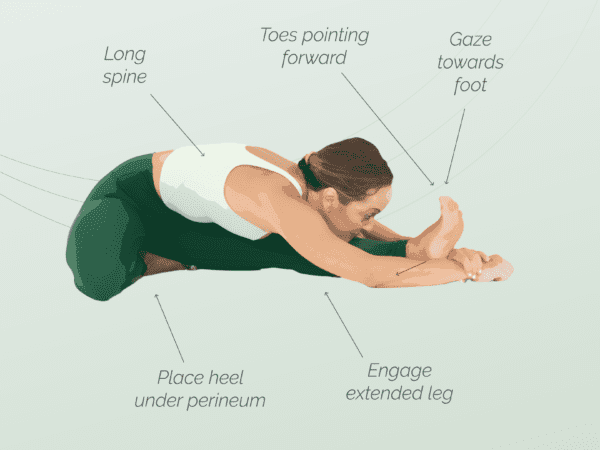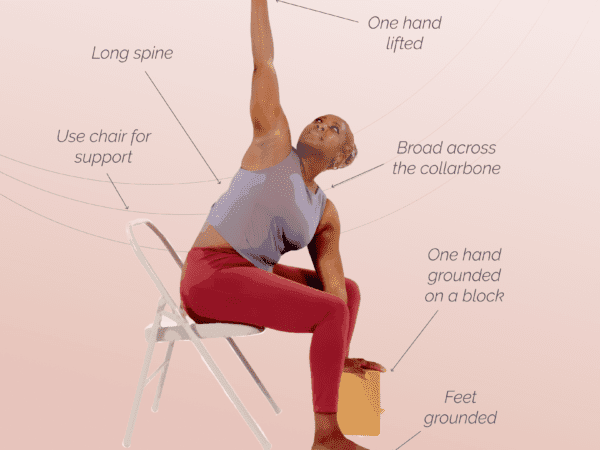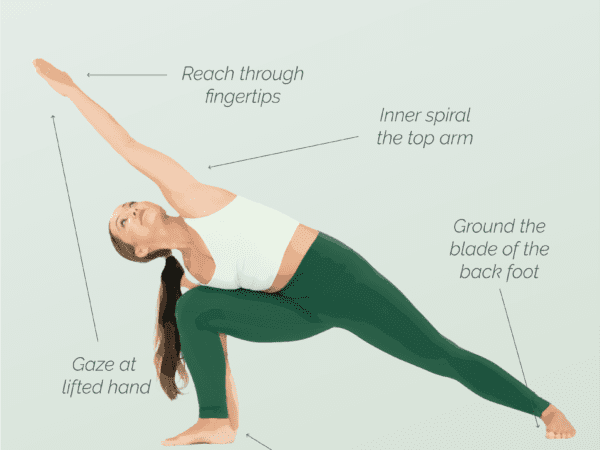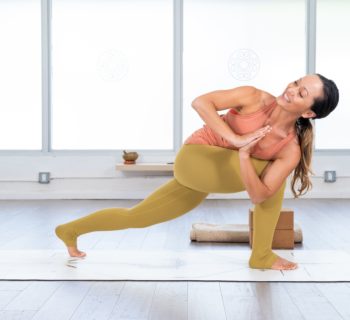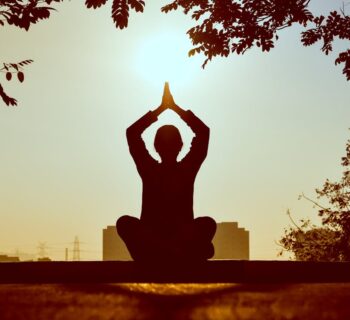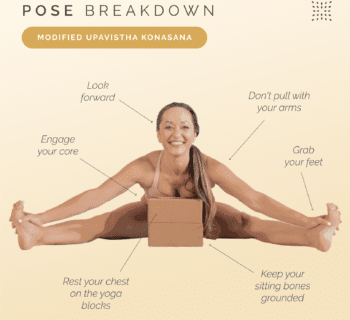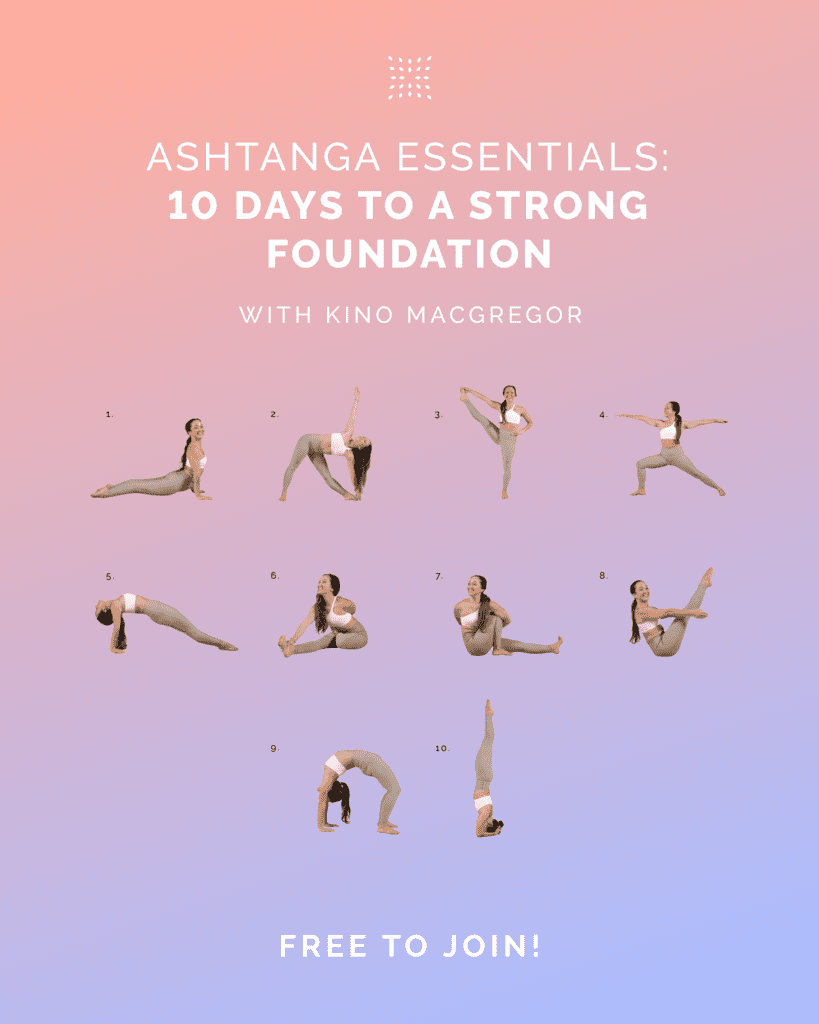Are you ready to deepen your yoga practice and unlock the benefits of a powerful backbend? Welcome to our guide on how to do Bow Pose (Dhanurasana). This invigorating pose not only enhances flexibility and strength but also stretches your hamstrings and opens up your chest and shoulders, promoting better posture, breathing, and overall fitness. Whether you’re a seasoned yogi or just starting your journey, incorporating various yoga poses, including Bow Pose, can bring a new dimension to your practice. Let’s dive in and explore the steps, benefits, and tips to perfect this dynamic asana!
Benefits of Bow Pose (Dhanurasana)
Bow Pose, or Dhanurasana, offers a multitude of benefits for both the body and mind. Here are some key advantages of incorporating this pose into your yoga practice:
Improves Flexibility: Bow Pose stretches the entire front body, including the chest, abdomen, and hip flexors, enhancing overall flexibility.
Strengthens the Back and Spine: This pose engages and strengthens the muscles of the back and spine, helping to alleviate back pain and improve posture.
Opens the Chest and Shoulders: By expanding the chest and shoulders, Bow Pose promotes better breathing and can help counteract the effects of poor posture from sitting or hunching.
Stimulates Digestive Organs: The compression of the abdomen in Bow Pose massages the digestive organs, aiding in digestion and relieving constipation.
Boosts Energy Levels: The dynamic nature of Bow Pose invigorates the body, increasing energy levels and combating fatigue.
Reduces Stress and Anxiety: Practicing Bow Pose can help release tension in the body, promoting relaxation and reducing stress and anxiety.
Enhances Circulation: The pose stimulates blood flow throughout the body, which can improve circulation and overall vitality.
Balances the Nervous System: By activating the parasympathetic nervous system, Bow Pose can help balance the body’s stress response and promote a sense of calm.
Incorporating Bow Pose and other stretching exercises into your regular exercise routine can lead to significant physical and mental benefits, making it a valuable addition to your practice.
Contraindications for Bow Pose (Dhanurasana)
While Bow Pose offers numerous benefits, it may not be suitable for everyone. Here are some contraindications to keep in mind:
Back Injuries: Individuals with recent or chronic back injuries should avoid Bow Pose, as it can exacerbate the condition.
Neck Issues: Those with neck problems should be cautious, as the pose involves lifting the head and can strain the neck.
Abdominal Surgery: If you have had recent abdominal surgery, it’s best to avoid this pose until fully healed.
Hernia: People with a hernia should refrain from practicing Bow Pose, as the abdominal pressure can worsen the condition.
High Blood Pressure: This pose can increase blood pressure, so individuals with hypertension should avoid it or practice under the guidance of a qualified instructor.
Heart Conditions: Those with heart conditions should consult their doctor before attempting Bow Pose, as it can place additional strain on the cardiovascular system.
Pregnancy: Pregnant women should avoid Bow Pose, especially in the later stages, due to the pressure it places on the abdomen.
Headaches or Migraines: If you are prone to headaches or migraines, Bow Pose may trigger or worsen these conditions.
Always listen to your body and consult with a healthcare professional or experienced yoga instructor if you have any concerns about practicing Bow Pose.
How to Do Bow Pose (Dhanurasana): Step-by-Step Instructions
Preparation: Begin by lying flat on your stomach on a yoga mat. Keep your legs hip-width apart and your arms resting alongside your body, palms facing up.
Bend Your Knees: Slowly bend your knees, bringing your heels as close to your buttocks as possible. Keep your knees hip-width apart to avoid straining your lower back.
Reach Back: Extend your arms backward and grasp your ankles or the tops of your feet with your hands. Ensure your grip is firm but not too tight.
Inhale and Lift: As you inhale, lift your chest and thighs off the mat simultaneously. Press your feet into your hands to help lift your torso and legs higher. Keep your gaze forward or slightly upward, avoiding any strain on your neck.
Hold the Pose: Maintain the pose for 5 breaths, breathing deeply and evenly. Focus on keeping your breath steady and your body relaxed, even as you hold the pose.
Release: Exhale and gently lower your chest and thighs back to the mat. Release your grip on your ankles and let your legs extend back to the starting position. Rest for a few breaths before repeating the pose if desired.
Counterpose: After practicing Bow Pose, it’s beneficial to follow up with a gentle counterpose like Child’s Pose (Balasana) to release any tension in your back.
For more details watch this video from Kino.
Tips for Practicing Bow Pose
Warm-Up: Ensure your body is adequately warmed up with some gentle stretches or a few rounds of Sun Salutations before attempting Bow Pose.
Alignment: Keep your knees hip-width apart to protect your lower back and avoid straining your knees.
Breathing: Focus on deep, even breaths to help maintain the pose and reduce tension.
Modifications: If you find it challenging to reach your ankles, use a yoga strap around your ankles to help you achieve the pose.
By following these steps and tips, you can safely and effectively practice Bow Pose, enhancing your flexibility, strength, and overall well-being.
Sign up for Omstars to get access to thousands of on-demand yoga classes, daily live classes, and a vibrant global yoga community.



